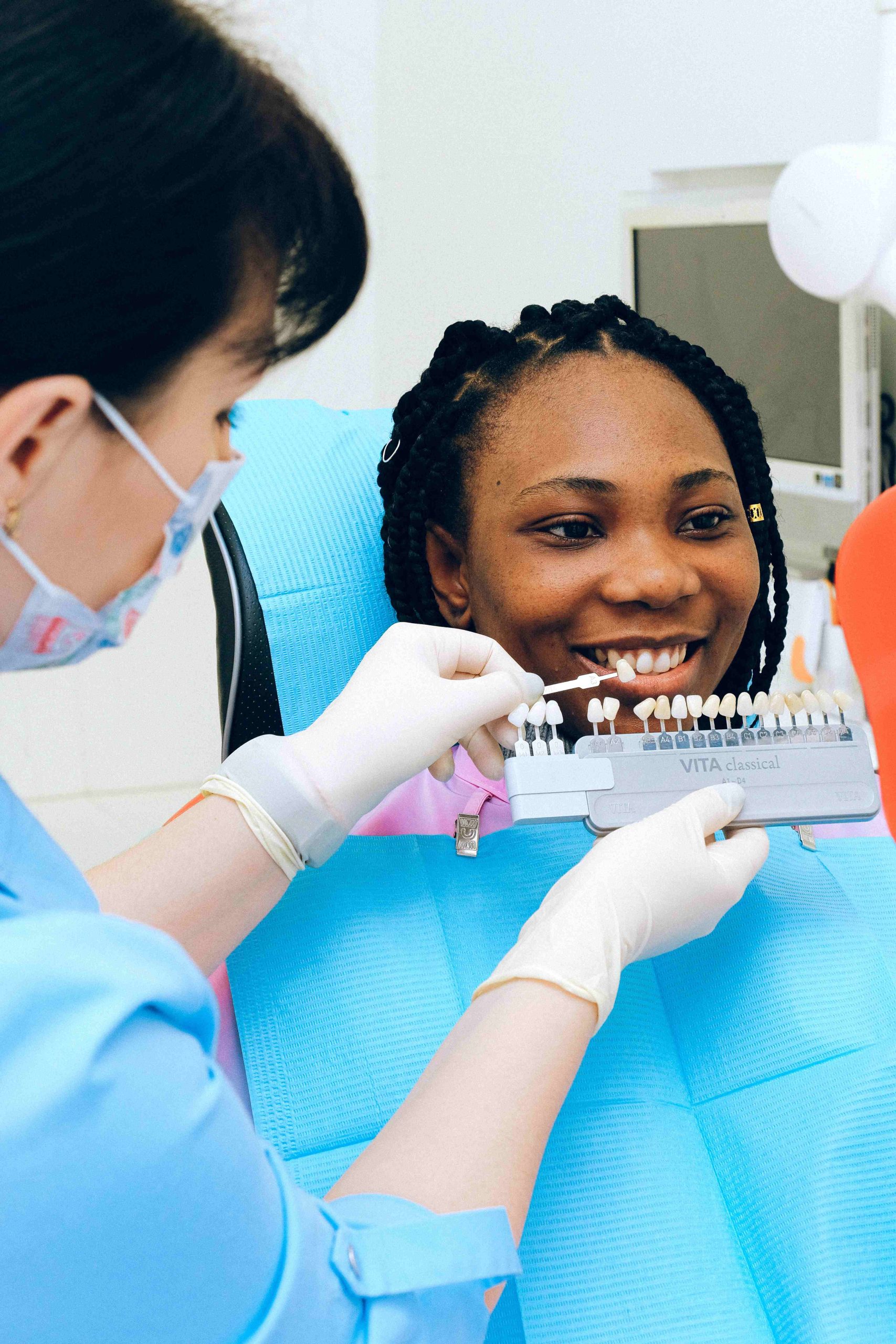


Dental implants have revolutionized the field of restorative dentistry, providing a reliable and long-lasting solution for individuals with missing teeth. One of the remarkable aspects of dental implants is their ability to fuse with the jawbone through a process called osseointegration. In this article, we will explore the science behind dental implants and delve into how they achieve a strong and stable connection with the jawbone.
Dental implants consist of three main components: the implant fixture, abutment, and prosthetic tooth. The implant fixture, typically made of titanium or titanium alloy, serves as the artificial tooth root. It is designed with a threaded or roughened surface, which enhances the implant's stability and promotes osseointegration. The surface texture of the implant facilitates the attachment of bone cells, allowing for the fusion with the jawbone.
After the dental implant is surgically placed into the jawbone, the natural healing process begins. Bone cells in the surrounding area respond to the presence of the implant and start to migrate and attach to its surface. These bone cells, known as osteoblasts, play a crucial role in osseointegration. They secrete proteins and minerals that gradually form a strong bond between the implant and the jawbone.
Osseointegration is the process by which the implant fuses with the jawbone, creating a stable and long-lasting connection. As time passes, the bone cells continue to grow and remodel around the implant, creating a secure attachment. This integration process usually takes several months, during which the implant becomes fully embedded and integrated into the jawbone.
The choice of biocompatible materials, such as titanium, is critical for successful osseointegration. Titanium has the unique property of being compatible with the human body, meaning it does not cause adverse reactions or rejection. When placed in contact with the jawbone, titanium stimulates bone growth and facilitates the fusion process. This biocompatibility ensures that the dental implant can seamlessly integrate into the surrounding bone tissue.
Once osseointegration is complete and the dental implant is fully integrated, proper maintenance is essential for its long-term success. Good oral hygiene practices, including regular brushing, flossing, and professional cleanings, help prevent the development of peri-implant diseases that can compromise the stability of the implant. Routine dental check-ups allow for early detection of any potential issues, ensuring the ongoing health and function of the dental implant.
The science behind dental implants and their fusion with the jawbone is a fascinating process. Through the combination of biocompatible materials, precise implant structure, and the natural healing capabilities of the human body, dental implants achieve a remarkable union with the jawbone. Understanding the science behind dental implants helps patients appreciate the technology behind this restorative dental solution and reinforces the importance of proper maintenance for long-term success. With their ability to restore functionality and enhance smiles, dental implants continue to transform the lives of individuals with missing teeth.